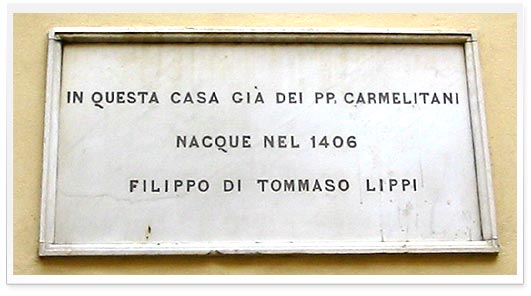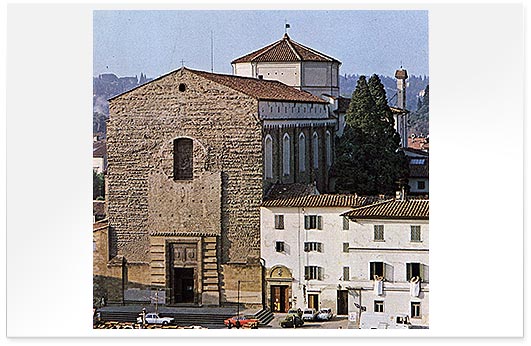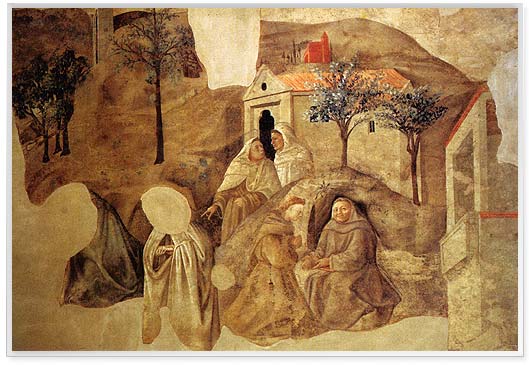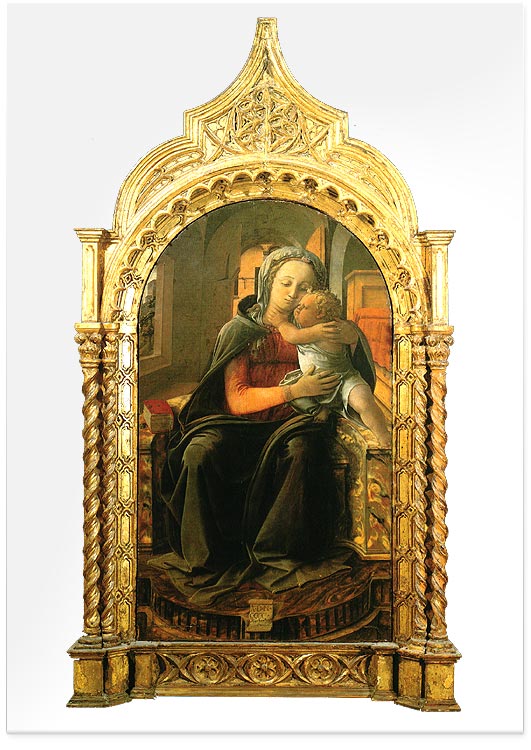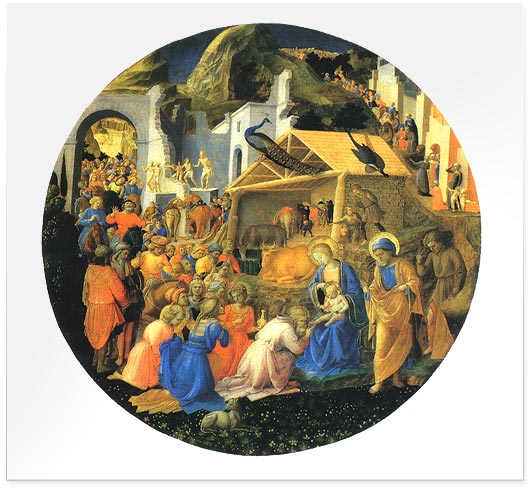fra filippo and masaccio
Fra’ Filippo and Masaccio Certainly, starting from the elegant, late Gothic style of Lorenzo Monaco, he had opportunities to practice his art thanks to his vicinity to the site of the most important, innovative artistic project of the period, the Brancacci Chapel, frescoed around 1427 right there in the Carmelite church by Masaccio and Masolino (the frescoes, left unfinished, were completed about sixty years later by none other than the son of Fra’ Filippo, Filippino).
But aside from the influence of the painting of Masaccio – in the sense of perspective and in the plastic relief of his volumes – Fra’ Filippo absorbed and harmonized concepts from a number of different artistic styles, using them as needed with surprising skill and thus creating his own, highly original style. We can find references in his work, for example, to the sculpture of Donatello – and even to the more classical sculpture of Luca della Robbia – in his rendering of figures (with intense but short shadows that bring to mind the bas-relief), in certain bold outlines of faces or in the exuberance and vitality that we find in the celebrated Pulpit of the Cathedral of Prato. In his maturity, we can appreciate the clarity of color, the subtle grace and rhythms that seem to echo the work of Beato Angelico, perhaps to please Filippo’s great patron, Cosimo de’ Medici, but also to give his figures a more convincingly pious aspect.
Finally, we often find in the works of Fra’ Filippo a precious Flemish component – in the details of fabrics and jewels, in the colors and in certain views – perhaps copied from paintings and miniatures brought to Florence by the Flemish merchants (who had a company there in the Carmelite church), or gleaned during the artist’s own travels to Padua and perhaps also to Naples. To this city – imagines Vasari in his Life of the Artist – Filippo was carried off after being kidnapped by the Moors in Ancona, and held as a slave for eighteen months in Algeria. What saved his life – continues Vasari’s story – was his skillful portrayal of owner on a wall, drawn using a stick of charcoal. His owner first had him paint a number of portraits, secretly, and then allowed him to repatriate “safely to Naples, with a reward”.
